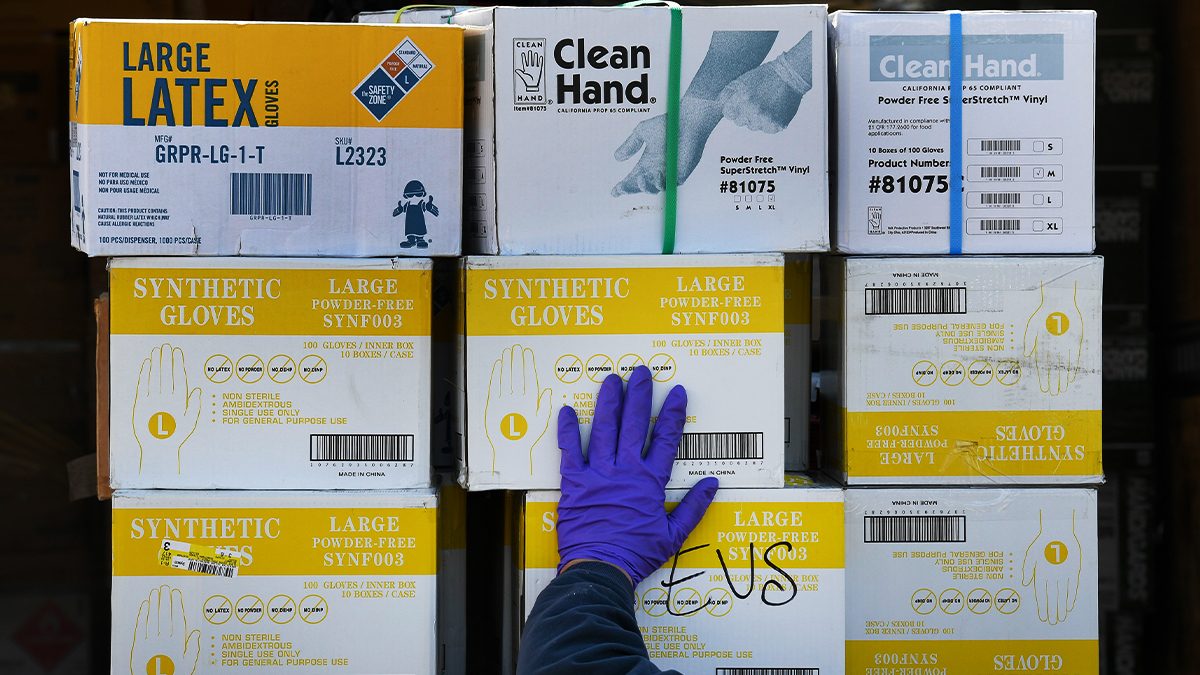(Fast Company) — A group of 239 scientists will publish an open letter to the World Health Organization this week, urging the body to declare that SARS-CoV-2, the virus that causes COVID-19, may be transmittable via the air, The New York Times reports.
Until now, the WHO has said that the primary transmission route of SARS-CoV-2 is via respiratory droplets—that is, the collection of particles a person expels when they sneeze or cough. Because of the droplets’ relatively large size and weight, most quickly fall to the ground after being ejected from a person.
However, the group of 239 scientists warns that aerosol particles—the tiny bodies that are much smaller than droplets and can linger in the air for hours—could be a viable transmission vector for SARS-CoV-2. If that’s the case, the virus is airborne, and catching it, especially indoors, could be much easier than thought.
And if SARS-CoV-2 is airborne, the world will radically need to rethink the way it tries to prevent the spread of the virus. For one thing, face masks may be needed to be worn indoors at all times when in settings such as schools or restaurants—even if people are social distancing. The reason for this is because the light SARS-CoV-2 aerosols can hover in clusters in the air, which a person can walk into without knowing it. These invisible clusters could also be spread in someone’s direction by air-conditioning systems.
In other words, if the scientists are right that airborne transmission of the virus is a bigger risk than the WHO currently says it is, people could no longer feel safe from catching the disease simply because they are in an area where no one else is around (such as an empty grocery store aisle). And if that’s the case, fighting the COVID-19 pandemic just became much harder—especially in places where people are unwilling to wear face masks.




